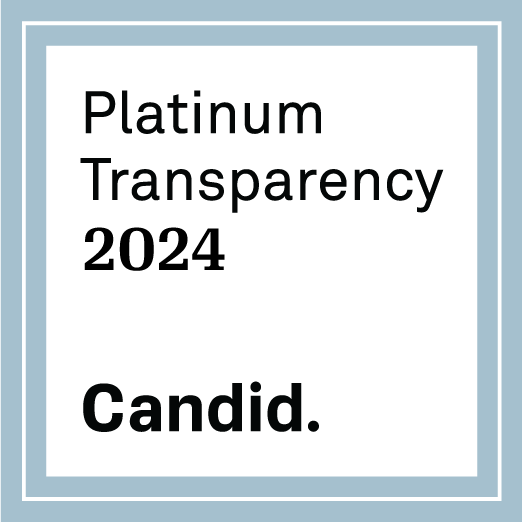When the Mars rover landed on Mars this winter, Christina Hernandez, a Latinx aerospace engineer integral to the NASA mission, anticipated the career-defining moment this way: “It’s hard not to get emotional even thinking about it. I often reflect back on not seeing people who look like me in engineering. You feel that you don’t belong.”
This lack of diverse representation is not unique to rocket science. But when we talk about the dominance of white people in positions of access, power and leadership, we often focus narrowly on their representation among Fortune 500 CEOs (94%) and board directors (84%). More recently, the spotlight expanded to senior leaders in Big Tech (83%) and venture capital partners at the biggest firms (80%). And since Inauguration Day, the focus is on the U.S. Senate (89%) state governors (92%) and elected prosecutors (95%).
These centers of power occupy a rarefied realm a stratosphere away from the lives of most professional Americans, even those in leadership roles. But that disconnect distances us from shared responsibility for what is in fact pervasive structural racism excluding people of color from positions of power across virtually all sectors.
How pervasive?
Two percent of partners at major law firms are Black. two percent are Latinx, three percent are Asian-American. And fewer than one-half of 1 percent are Indigenous.
Among doctors, five percent are Black and .4% are Indigenous. Just two percent of architects are Black, as are five percentof newsroom editors. Three percent of film producers are Latinx, while Asian-Americans compose both 1.5 percent of public school teachers and 1.5 percent of general leadership roles in the Fortune 500. As a group, people of color make up three of 32 NFL head coaches, 11 percent of art museum leadership, and 12 percent of senior foundation executives.
People of color make up almost 40 percent of the population. How can it be that all of America is confronting such a blanket lack of representation?
There is a constellation of factors at play, and it starts well before a first entry-level job.
You may be familiar with “college undermatching,” when students from historically marginalized communities matriculate at less selective colleges than where their grades and test scores would qualify them because they are not afforded equitable information or guidance. New York City public school students receive an average of 38 minutes of college counseling a year and the average school counselor-to-student ratio is 1 to 500. As a result, just three percent of students at the most selective 200 colleges represent the bottom income quartile.
This led us a few years ago to expand the phrase to address “career undermatching,” when college graduates from low-income communities pursue careers from a narrow sphere of jobs with which they are familiar, but they haven’t chosen based on fit with their ambitions, assets, or qualifications.
But income is an insufficient view of the problem.
Career undermatching has everything to do with systemic racism ― a system that spends $23 billion less in public education funds on non-white versus white districts. A system in which 80 percent of jobs come through networks, a ‘hidden job market’ that benefits white people, and where summer internships make you 56 percent more likely to receive a full-time job offer, but 40-50 percent are unpaid, shutting out those who count on summer income. And a system that disproportionately offers youth of color ‘pipeline’ programs rooted in short-term employer needs or workforce trends, not career choice sustainability or advancement.
Why do we have expectations for white students’ unfettered choice of careers, but for students of color, the solution favors immediate practicality over long-term sustainability, compromise over potential and technical skills over leadership?
It isn’t equity without choice. Those who hold privilege, especially white privilege, must not serve as gatekeepers to opportunities for certain students or allow for other people’s children what they deem isn’t good enough for their own.
Instead, we should provide broad career exposure and respond to students’ self-identified interests, connecting them to knowledge, guidance, networks and internships aligned with their aspirations. In our organization’s six-year program, our students’ choices — their agency over their futures — are what fuels their success: 92 percent graduate from college, 93 percent are first in their family to do so and 89 percent secure jobs in their fields of interest or admission to graduate school within six months of graduation. Our alumni are lawyers, scientists, bankers, activists, fashion designers, teachers, physicians, software engineers, journalists and artists. They work at non-profits, start-ups, the Peace Corps and the Fortune 500.
They are the talent employers say they’re looking for.
The profound injustice to each young person whose assets, passions and drive are extinguished, rather than ignited toward a life’s work, should be unconscionable on its own. But the truly incalculable cost is the scale of lost human potential if we fail to ignite the brilliance, excellence and power of the next generation of leaders of color.
As NASA’s Christina Hernandez describes it, “All of a sudden, you’re in the room, you’re in the meeting, you’re at the table, you’re helping make the decisions, you’re leading the test, you’re in the thick of it. That’s when you realize you’ve made it.”
AiLun Ku is President & CEO and Jessica Pliska is Founder of The Opportunity Network, a national nonprofit supporting historically and systemically underrepresented students on their path to and through college and into careers of their choice.
Click here to read the original article.

